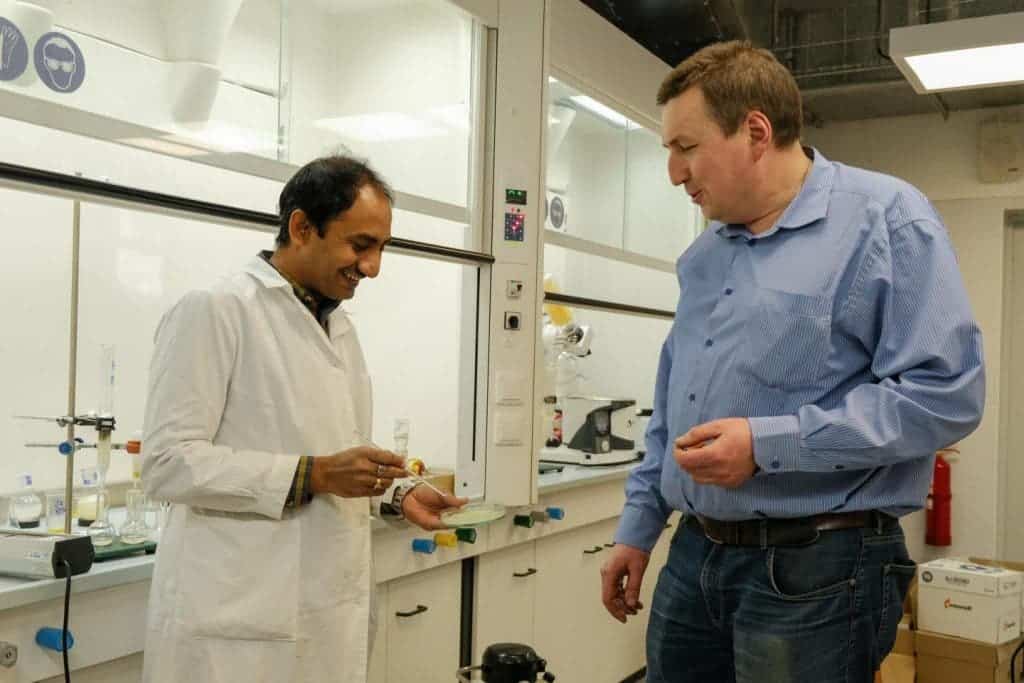Ever been so hungry that you could hardly wait until the packaging was removed from your food? Don’t worry, this will soon be something of the past.
Researchers and companies have been working for a while now on edible, cost-effective food films as a way to tackle food waste and plastic pollution. Now, an international team has taken it a step forward, creating a film based on sodium alginate – a well-known naturally occurring seaweed biopolymer.

Sodium alginate is a carbohydrate that can be used to form packaging fils, says Rammohan Aluru, a co-author of the paper describing the material, in a statement. It’s also stable enough to serve as packaging.
Alginates are refined from different species of brown seaweeds such as the giant kelp Macrocystis pyrifera and Ascophyllum nodosum. They are currently used in many industries such as food, fertilizers, textile printing, and pharmaceuticals. Even dental impression material uses alginate as its means of gelling.
The film, created with natural ingredients, is safe for health and the environment, is water-soluble, and can dissolve by almost 90% in 24 hours. The researchers crossed-linked the alginate molecules with linked with a natural antioxidant ferulic acid, making the film strong, homogeneous, rigid, and capable of prolonging the life of the products.
Grigory Zyryanov, professor at Ural Federal University and co-author of the paper, said the film keeps food fresh for a longer time thanks to its antioxidant components that slow down the oxidation processes. Plus, natural antiviral agents obtained from garlic, turmeric, and ginger can be added to the film to prevent the spread of viruses and extend the shelf life of food, thus granting it anti-pathogen properties while maintaining its all-natural appeal.
The researchers said the film could be produced without any special requirements, making it accessible by food producers and film manufacturers. They could even be produced at a polymer production plant, Zyryanov argued. And if there’s an ocean nearby, it would be even simpler for any industrial manufacturer to create the films at low cost.
The new film is part of a much larger trend of innovating research being done on edible bio-films or coating materials – with a key role in food preservation, manufacturing, and extending the shelf-life of food materials. They are eco-friendly, easily degradable, and don’t cause health issues even if you forgott to remove them. But most importantly, they would help rid us of our dependence on plastic: a whopping 40% of the plastic we produced is used for packaging.
Expanding the use of bio-films and coating materials would help address food waste, a growing problem. The UN estimates that around one-third of the world’s food is lost or wasted every year. While harvest and retail are usually the main problems, a significant amount of food is also wasted at purchase and consumption. Plus, the food films would help tackle plastic pollution, which grows every year.
Several startups have been working with them for a while now. Evoware is looking at using seaweed to create a plastic-like packaging that can be safely eaten, while Loliware has created edible cups out of seaweed and has now branched to straws. Skipping Rocks Lab is also working to replace the plastic water bottle with a seaweed alternative.
The study was published in the Journal of Food Engineering.









